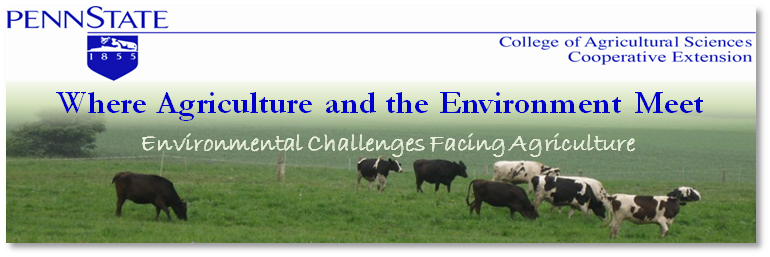Feed efficiency is something that has been extensively used by beef, swine, and poultry producers for years, but dairy farmers have not utilized it to the degree that it could be. Feed efficiency reflects how well the cows convert feed into milk. It is one of the most basic production measures on the farm and will directly impact of bottom line of the farm. The more milk that can be gained for each pound of feed consumed equates to greater income on the farm, but you cannot improve on something you are not tracking to begin with.
Feed efficiency is defined as pounds of 3.5% fat corrected milk per pounds of dry matter intake. It is a simple calculation that should be tracked on every farm. Fat corrected milk is not a value that dairy farmers deal with regularly but the following is the equation for calculating it: 3.5% fat corrected milk = 0.432 x milk (lb) + 16.23 x fat (lb).
So what is the goal? For a one group herd at 150 to 225 days in milk we would expect a feed efficiency of between 1.4 and 1.6 lb 3.5% fat corrected milk per pound of feed. However, goals for specific groups will depend on the diet as well as the cows themselves. Cows that are fewer days in milk will have higher feed efficiency, which means they put more feed into milk and less into weight gain. This is obvious to many farmers, but understanding that this is the case can also be a good motivation to get cows bred in a more timely manner so that the average days in milk is lower and there are more cows with higher feed efficiency on the farm. Also, older cows will tend to be more efficient than heifers because heifers are still growing and some of their intake is going into growth and not into milk production. There is not much that can be done to correct this, but it is good to understand that heifers will be less efficient. Lastly, pregnant animals are less efficient than non-pregnant animals because some of the nutrients in the feed are going towards supporting the fetus instead of all of it going to milk production. Again, there is not much to be done about this because we need cows to be pregnant, but it is good to recognize this.
From a feeding standpoint, anything that increases the digestibility of the diet will increase feed efficiency because the cows will be able to get more out of the feed than they will out of less digestible feeds. Forages are one of the main ingredients in the ration and the most variable in terms of digestibility. In general, forages that are lower in neutral detergent fiber and lignin are more digestible and will be utilized to a greater extent by the cow than forages with higher fiber content.
Grains are the other main ingredient in many rations and how well they are processed will impact how efficiently they are used. Processing corn silage so that kernels are broken down into at least quarters will increase the utilization of the starch in the kernels. The more the kernels are broken the more access the rumen microbes have to the starch and the more they can utilize the starch. This is the same reason why fine grinding of shell corn is recommended.
Improving feed efficiency has economic benefits, but the environmental benefit is if more of the feed is broken down and utilized for milk production than there will be less manure to deal with on the back end.

No comments:
Post a Comment